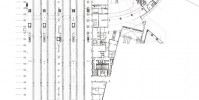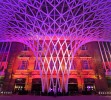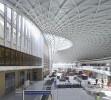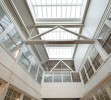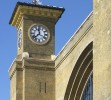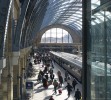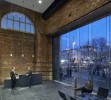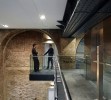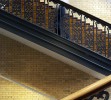King's Cross Station Redevelopment
John McAslan + Partners created a canopied addition to the historic King's Cross Station, leaving the original western facade intact.
Heralded for its historical importance but rather drab, Londonís King's Cross Station recently underwent a multimillion dollar redevelopment, reopening to the public on March 19, 2012. The newly overhauled Kingís Cross Station was lit up in celebratory bright colors, creating a concert-like atmosphere Ė appropriate to its new youthful vibe. It was a timely redevelopment, as the XXX Olympic Summer Games will be held in London in 2012. The stationís western concourse, at 7,500 m2, is Europeís largest single-span station structure. Each year 45 million people pass through Kingís Cross Station, and that number is predicted to rise by 10 million by 2020.
 Image courtesy fo Phil Adams
Image courtesy fo Phil Adams
John McAslan + Partners was in charge of the redevelopment, beginning planning in 1998 and drawing up a master plan in 2005. Kingís Cross was already a historical landmark, but now it is also an ďinternationally significant transportation interchange fit for the 21st Century,Ē said McAslan in a press release. The renovated concourse cost ?500 million, and used 1,200 tons of steel in the roof, 1 million specially made bricks, 5 million meters of cable, and 5,000 engineers working tirelessly.
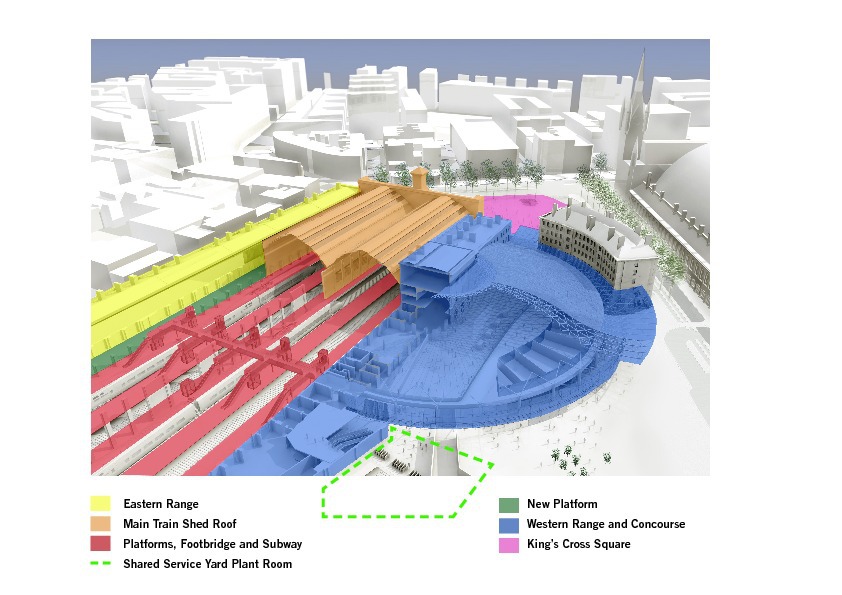
The new entrance and lobby of the western concourse is the centerpiece of the overhauled station, which now orients to the west. Although the exterior entrance is nondescript, the interior design is contemporary while honoring the historical. Inside the semicircular exterior of the western concourse, a steel lattice roof, stemming from a central stalk, spreads like an umbrella to each edge via 16 tree-like steel columns. To let in natural light, the domed roof is 15% glass. The original ticketing hall has received new, larger destination boards, and the sound quality of the announcement system has been enhanced for clearness. The atrium is two stories, with a swooping balcony on the second story where more restaurants and sitting areas have been added, as well as a new footbridge leading to the old station.
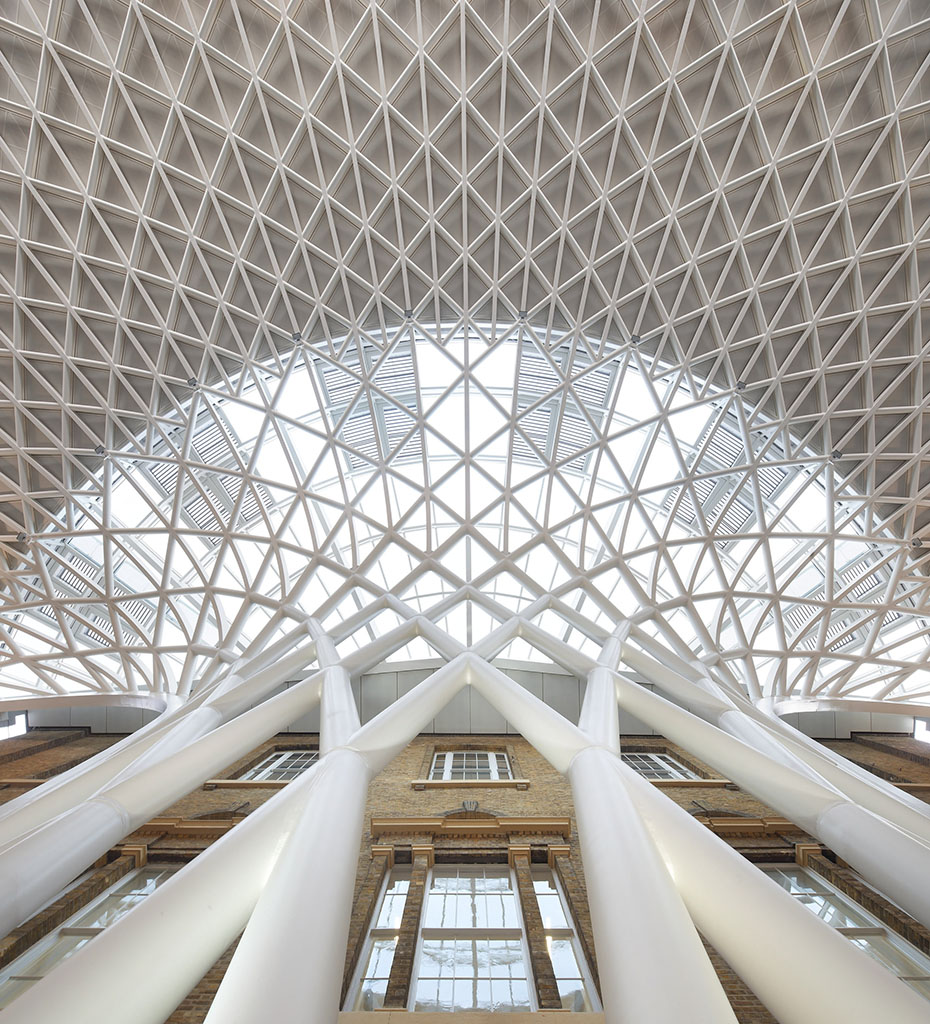
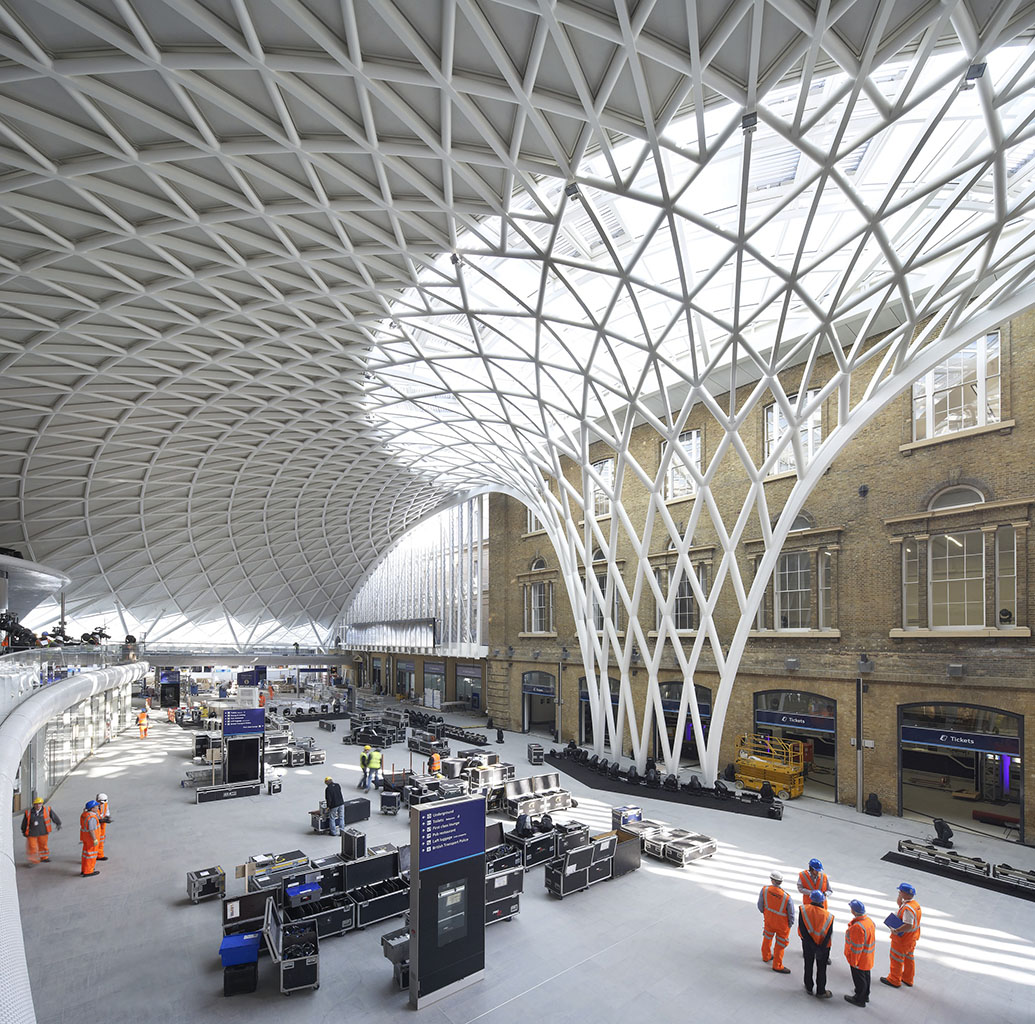

The old station is categorized as Grade I, meaning it is historically important and that any work done cannot damage or change the original construction. The south faÁade, which had been hidden from view, is more visible as a result of the restoration. The Eastern Range Building, as well as the main and suburban train sheds, have also had work done.
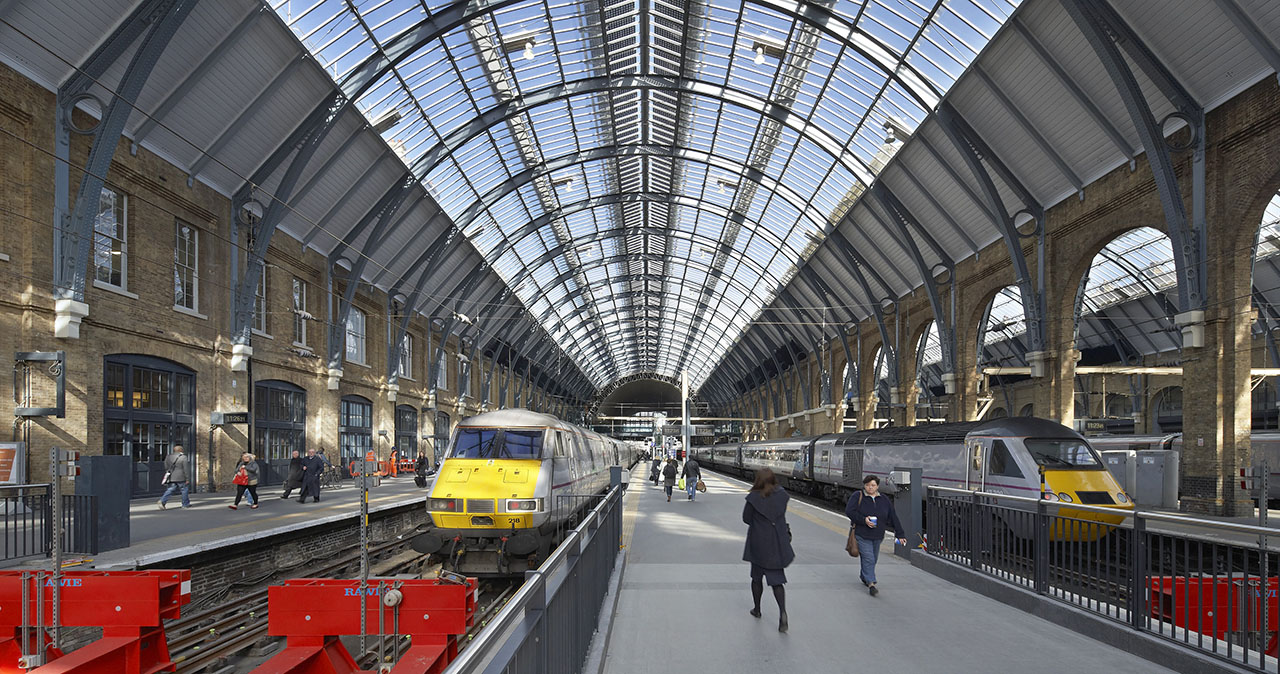
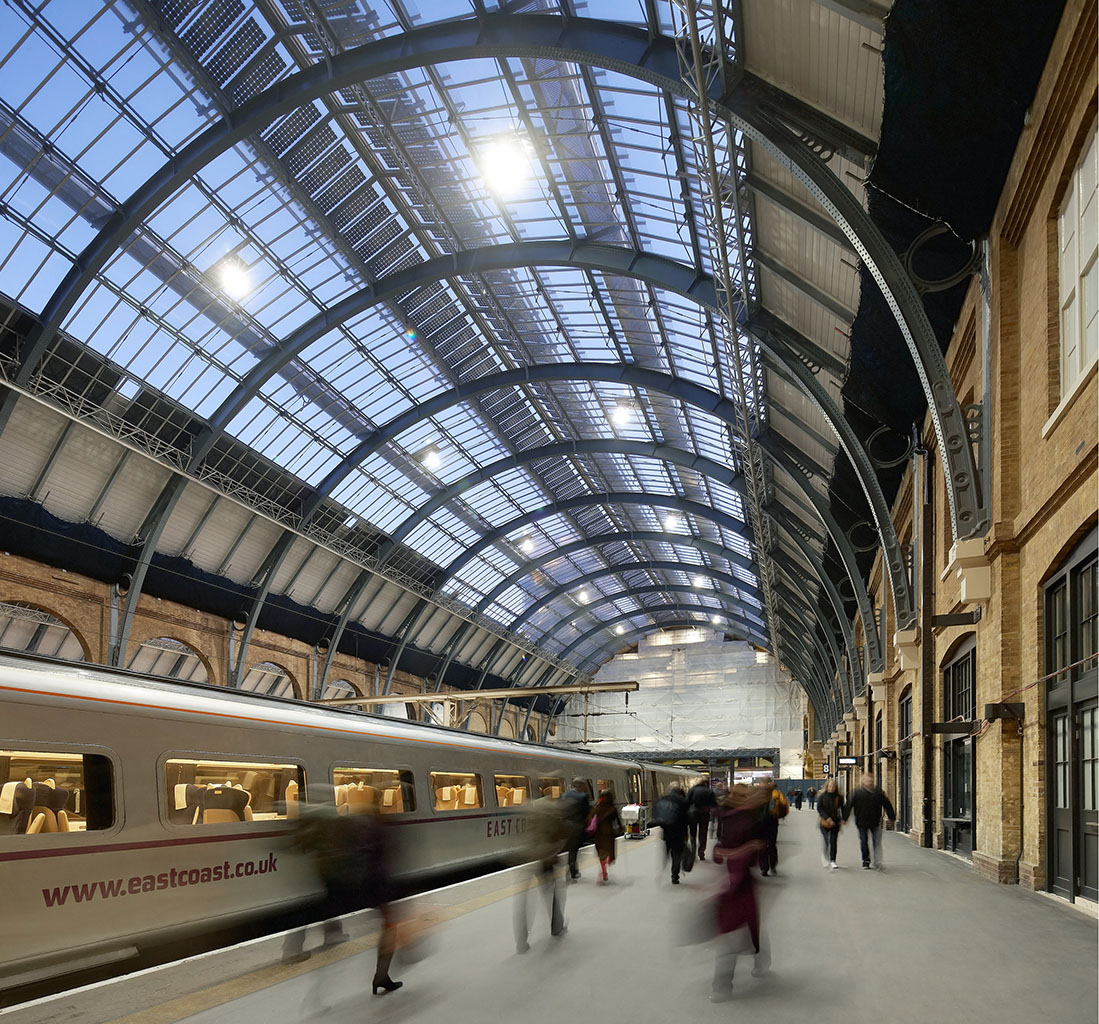

Kingís Cross Station opened on October 14, 1852. Built as the main hub for the Great Northern Railway, the first plans were made under the direction of railway engineer George Turnbull, and the final design was by civil engineer Lewis Cubitt. John and William Jay then constructed the building on the site of an old fever and smallpox hospital. When Kingís Cross opened, it had eight platforms and has since added more. The neighboring Great Northern Hotel, also designed by Cubitt, opened in 1854 and has been redeveloped along with the station.

For fans of movies and literature, Kingís Cross Station is famously the site of Platform 9 ĺ in J. K. Rowlingís Harry Potter series. Potter fans, rejoice Ė Kingís Cross still features its tribute to the fictional Platform 9 ĺ, between Platforms 9 and 10, near the entrance to the annex train shed. Look for the commemorative plaque and luggage cart half-buried in the masonry of the wall.
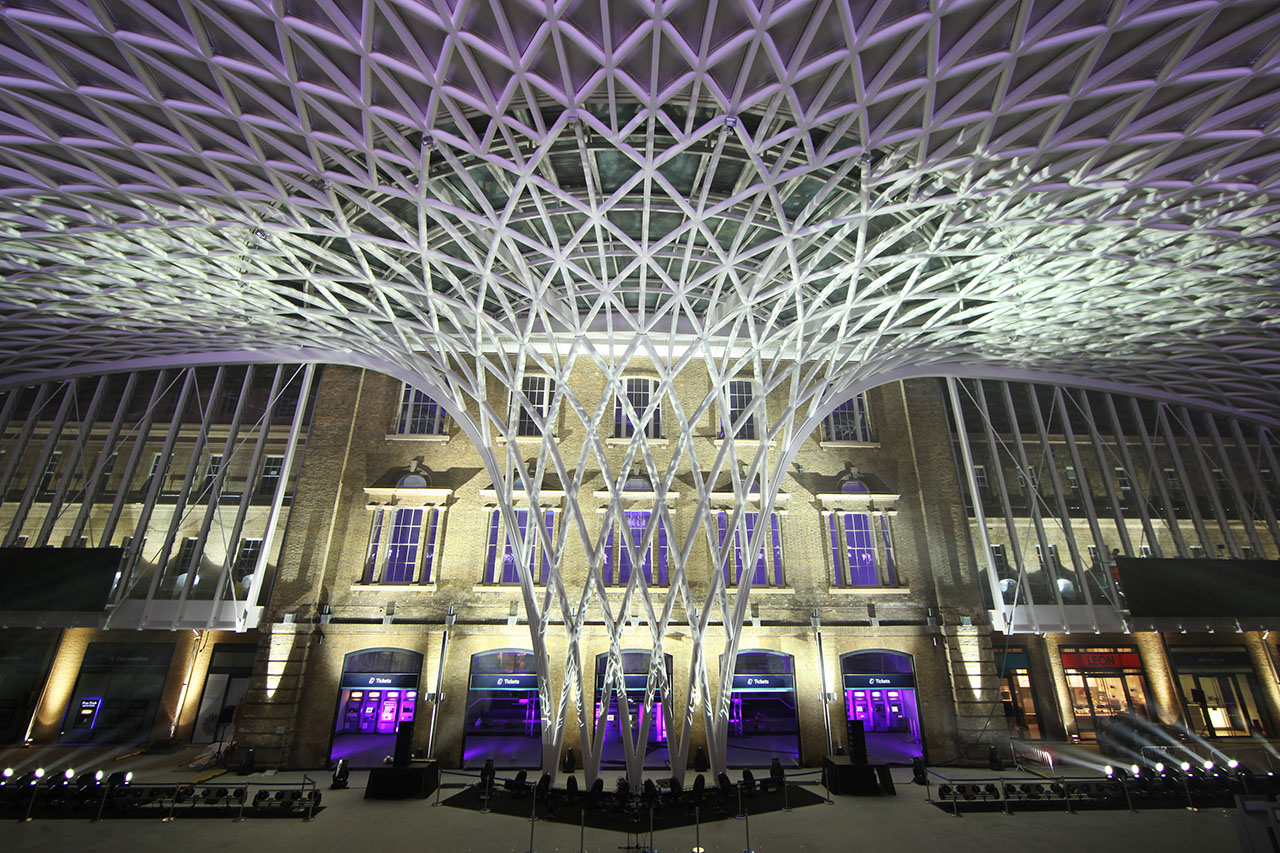

Carla D'Errico
An alumni of The Ohio State University, Ms. D'Errico obtained a degree in travel writing† through a study program that she created herself. For two years Ms. D'Errico served as a staff writer for The Animal Insider, a quarterly publication based in Columbus, Ohio, and has also worked as a review scout for the Columbus division of Yelp.com. Now she is trying her hand at covering ecologically responsible and sustainable architecture for Buildipedia.com.





